Panax ginseng, called insam in Korean, is a perennial root native to northeastern Asia. Koreans have been using ginseng for medicinal purposes for centuries, although many modern studies claim that it has little physiological effect. Still, those who take ginseng in its many forms claim it works as a stimulant, an immunity booster, an anti-inflammatory agent, and an aphrodisiac. In Korea it can be found in everything from soup to supplements. If you travel to Korea, use the following tips to select the best quality Korean ginseng.
Decide how much you want to spend. Jaebaesam is ginseng that was cultivated in a field whereas sansam was harvested in its natural state from the hillsides. Sansam is extremely rare and difficult to find; therefore, it is extremely expensive (thousands of dollars for one piece). It is considered a religious calling to be a sansam hunter and requires special training. Sansam is also considered the most effective type of ginseng for medicinal purposes--especially for longevity.
Decide which kind of ginseng you want. In addition to its origin, ginseng is also classified by processing method. Susam ginseng comes from jaebaesam, or field cultivated ginseng. It is best for short-term use because of its high moisture content. Use it for ginseng smoothies, samgyetang (ginseng chicken soup), or chew it after a meal. Baeksam refers to sun-dried, four-year-old ginseng. This type is used specifically for medicinal purposes in teas and supplements. Hongsam is a four-to-six-year-old ginseng with a distinctive dark red color. It goes through a repeated process of steaming and drying and supposedly has more medicinal properties than susam or baeksam.
Head to the public market. You will often find the freshest local ginseng--and the most variety--at various public markets throughout Korea. Vendors are usually very excited to discuss their products and to explain their best uses. If you do not speak Korean, try the public market in a big city such as Seoul or Busan for more English-speaking locals. For a real treat, check out the annual Geumsan Ginseng Festival. Geumsan is a small town south of Daejeon in South Korea that holds the country's largest ginseng market at the end September. There, you can find a variety of fresh ginseng and ginseng products.
Related Articles

Burdock Root for Acne

Wild Yam for Hair Growth

Can Herbs Flush Cellulite?

Golden Flax Seed Vs. Dark Flax Seed

What Are the Benefits of Extrapone ...
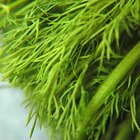
Classic Russian Spices
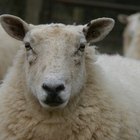
How to Treat Anemia in Sheep
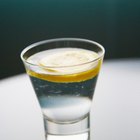
Tanqueray Gin Ingredients
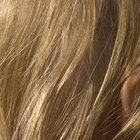
How to Use Wheatgrass for Washing Hair

What Is Dye Made From?

Arginine for Hair Growth

What Relation Is My Grandchild to My ...

What Is Aloe Good For?

Chinese Remedies for Lines & Wrinkles

Nutrition in Barley Grass
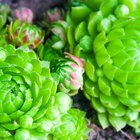
Plants That Heal Wounds
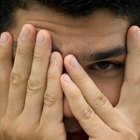
Pycnogenol and Acne

Chasteberry for Acne

Chamomile & Aloe Skin Care
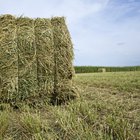
Alfalfa Hay Nutrition Information
References
- "A placebo-controlled trial of a proprietary extract of North American ginseng (CVT-E002) to prevent acute respiratory illness in institutionalized older adults;" American Geriatrics Society Conference; JE McElhaney et al.; Jan. 2004
- "A double-blind crossover study evaluating the efficacy of korean red ginseng in patients with erectile dysfunction: a preliminary report;" University of Ulsan; Hong B.; 2002
- "No adaptogen response of mice to ginseng and eleutherococcus infusions;" Journal of Ethnopharmacology; Walter H. Lewis et al.; Aug. 1983
Tips
- Do not pack fresh ginseng (susam) as it must be refrigerated. Also, be sure to follow all customs regulations regarding bringing foreign produce into your home country. Your best bet is to bring back ginseng candies or supplements instead of the real thing.
Warnings
- Korean ginseng, like other products for which medicinal claims are made, should be taken with caution and always under the supervision of a licensed physician.
- According to Diet Spotlight, Inc., potential side effects of taking ginseng products include "diarrhea, nausea, headaches, blood pressure fluctuations and vaginal bleeding.... Korean ginseng can also interact with other medications, including warfarin, caffeine, and insulin."
Writer Bio
Roxana Wells is a teacher and writer living in South Korea. She enjoys writing about education, travel and food. Her work can be found in many publications, including "Italian American Magazine," "San Diego Family" and "The Ogden Independent." Wells holds a Bachelor of Arts in environmental studies from the University of Richmond and a master's degree in elementary education from Utah State University.